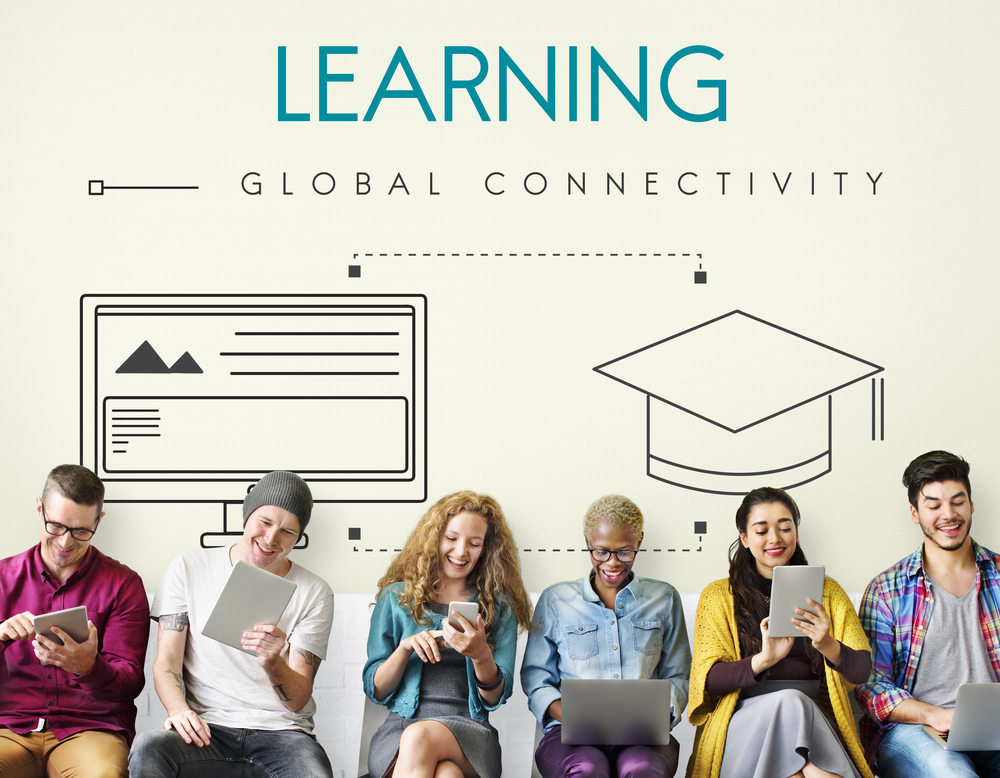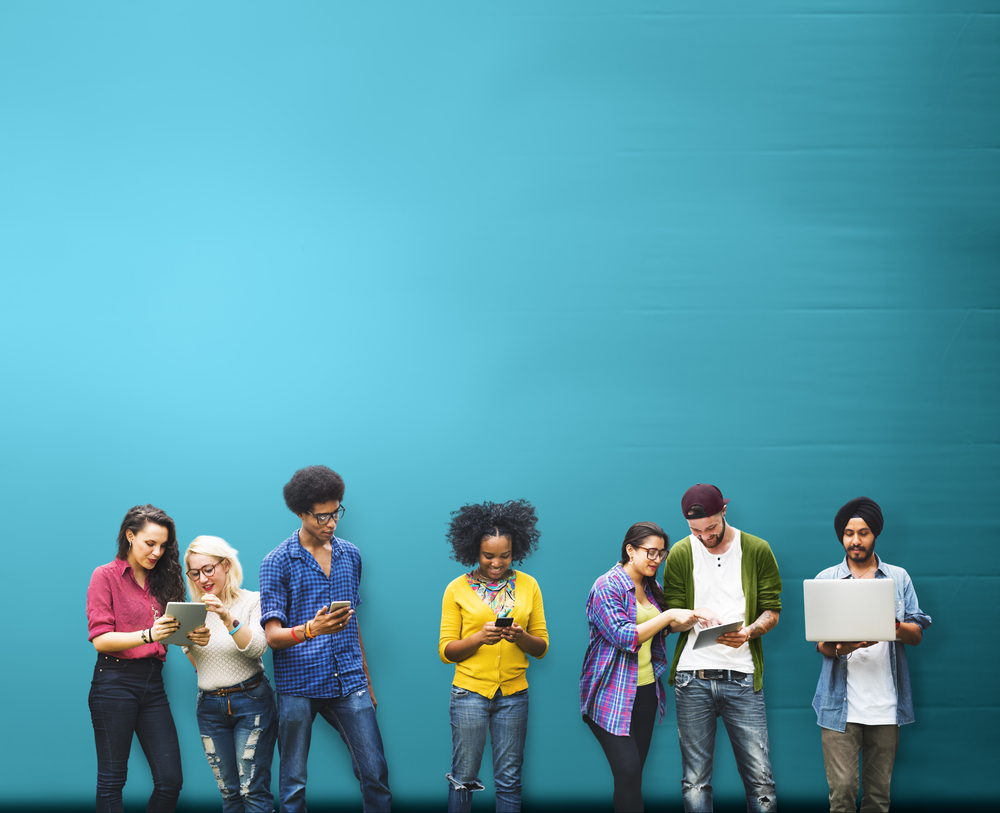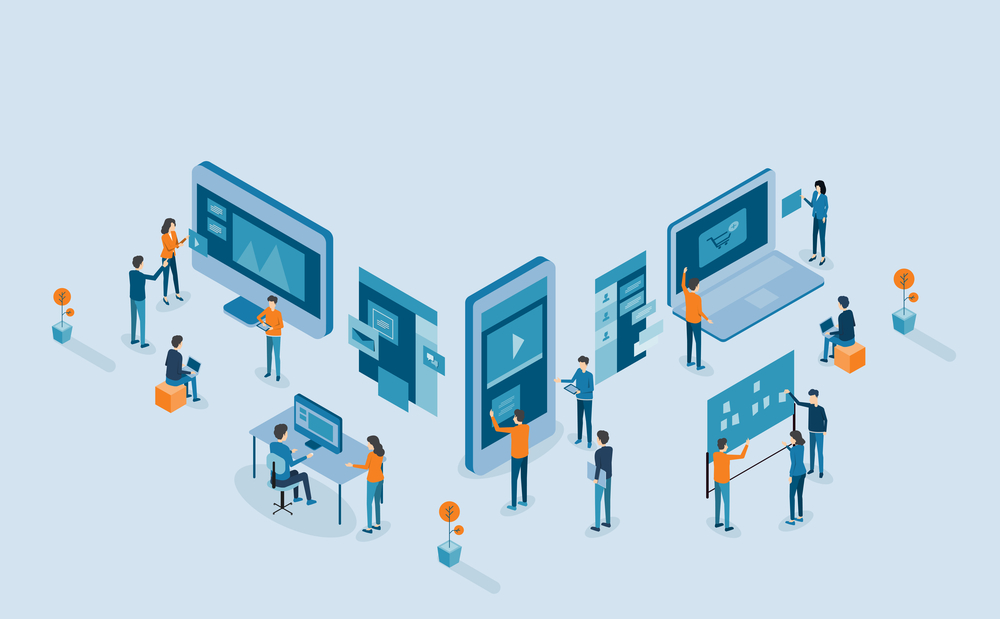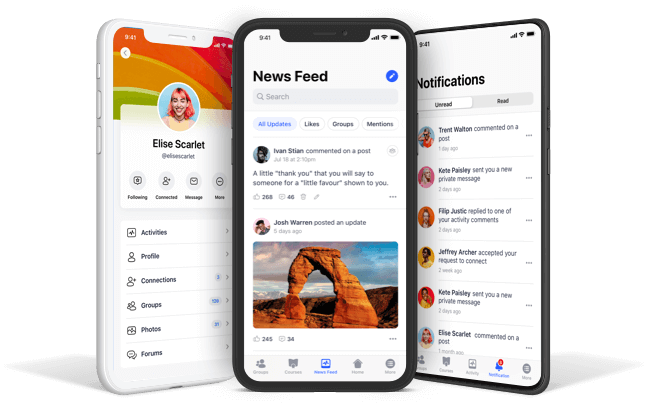Online training has given us the freedom to train wherever we want, in a totally new way.
We can try out new skills using simulations, or play games and interact with the materials for a rich participatory experience.
Now, we want to enhance everything by taking learning out of isolation and putting us back in touch.
Listening to other opinions; learning from other mistakes; asking for clarifications; meeting new and interesting people who work somewhere different.
Enter: social learning.
Social learning, in the context of online training, is about recognizing that people learn from one another by imitation, observation, and modelling.
So, in organizations, online training must enable learners to connect with one another either virtually or in a blended formal / informal training approach.
Formal learning generally takes the form of an organized activity in a classroom setting.
Informal learning is usually unstructured, spontaneous and unintentional.
eLearning or mLearning should be a hybrid of both these approaches, bringing informal social interactions alongside more formal training materials.
How, then, should we provide social learning opportunities? Here are three ways to make social learning tools work hard for us…
Allow learners to teach one another

There should be ample opportunity to learn from another learner’s experience.
Whether they are an SME or simply someone that is retiring soon, provide easily-accessible authoring tools so that they can create learning resources.
Managers can create just-in-time training for temporary or cover staff.
Learners can educate their peers about a new technology they’ve just experienced at an external conference.
Just imagine how vibrant the learning environment in your organization would be if any expert could create content autonomously.
If you empower learners to share and support each other, you’ll be surprised at the positive impact on participation and engagement.
Create collaborative experiences within online training
Social polling is the ideal tool for digging into the needs of learners before, during and after training.
Sharing the results of social polls with all learners allows them to compare experience and opinions.
They can then use collaborative tools to connect with learners who fill those skills gaps that the polls have highlighted.
As a course designer, social polls give you the power to tailor courses for the group and the individual alike.
No other technique compares to polling when it comes to assessing the opinions of a group – and changing or influencing behaviour.
Provide opportunities to compare with others

If you’re looking to encourage a little healthy competition amongst learners, get games going where people earn points or badges the more they participate.
Nothing quite fosters an energetic learning environment like learners who are trying to compete with one another to earn some prize or recognition! It might feel like fun, but the sneaky thing is that you’re actually embedding learning and assessing skills adoption.
You’re also encouraging the open sharing of opinions and knowledge, and putting people in touch with one another. The virtual equivalent of that chat over the training course break, if you will.
As online training developers, we have a responsibility to add a social learning dimension to everything we do.
Not only will we enhance the effectiveness of the training – we will leave our learners feeling more satisfied and engaged with the organization. Everybody wins when we connect people via social learning: decisions improve, questions are answered and skills are embedded.
Mobile is a great opportunity for employing social learning principles. Have a look at this guide on designing your course here.









